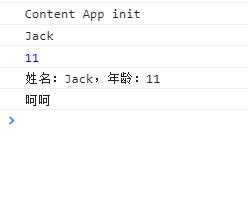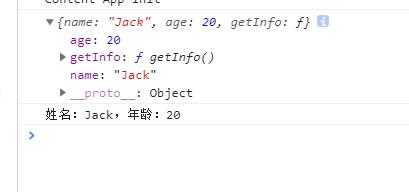标签:使用 ati 作用域 种类型 读取 数字 简单的 别名 str
在 ES6 前, 实现模块化使用的是 RequireJS 或者 seaJS(分别是基于 AMD 规范的模块化库, 和基于 CMD 规范的模块化库)。
ES6 引入了模块化,其设计思想是在编译时就能确定模块的依赖关系,以及输入和输出的变量。
ES6 的模块化分为导出(export) @与导入(import)两个模块。
ES6 的模块自动开启严格模式,不管你有没有在模块头部加上 use strict;。
模块中可以导入和导出各种类型的变量,如函数,对象,字符串,数字,布尔值,类等。
每个模块都有自己的上下文,每一个模块内声明的变量都是局部变量,不会污染全局作用域。
每一个模块只加载一次(是单例的), 若再去加载同目录下同文件,直接从内存中读取。
基本用法:
定义一个export.js
let name = "Jack"; let age = 11; let func = function(){ return `姓名:${name},年龄:${age}` } let myClass = class myClass { static a = "呵呵"; } export {name, age, func, myClass}
<script type="module"> import {name, age, func, myClass} from "./export.js"; console.log(name); console.log(age); console.log(func()); console.log(myClass.a ); </script>
注意 type是module;

as 的用法
默认的话,导出的和导入的名称是一样;一般的话也这么干,不过假如要改成名称,搞个别名,我们用as来搞;
<script type="module"> import {name as myName, age as myAge, func as MyFunc, myClass as mC} from "./export.js"; console.log(myName); console.log(myAge); console.log(MyFunc()); console.log(mC.a ); </script>
运行效果一样;
export default 命令
在一个文件或模块中,export、import 可以有多个,export default 仅有一个。
export default 中的 default 是对应的导出接口变量。
通过 export 方式导出,在导入时要加{ },export default 则不需要。
export default 向外暴露的成员,可以使用任意变量来接收。
最简单的,到处一个变量:
let name = "Jack"; export default name
因为导出是单个,花括号省略;
<script type="module"> import name from "./export.js"; console.log(name); </script>
导入的地方,花括号也省略;
一般开发,比如vue,导出的是一个组件对象;
我们新建一个student.js
export default { name:‘Jack‘, age:20, getInfo(){ return `姓名:${this.name},年龄:${this.age}` } }
<script type="module"> import student from "./student.js"; console.log(student); console.log(student.getInfo()) </script>

标签:使用 ati 作用域 种类型 读取 数字 简单的 别名 str
原文地址:https://www.cnblogs.com/zsh-blogs/p/12966940.html